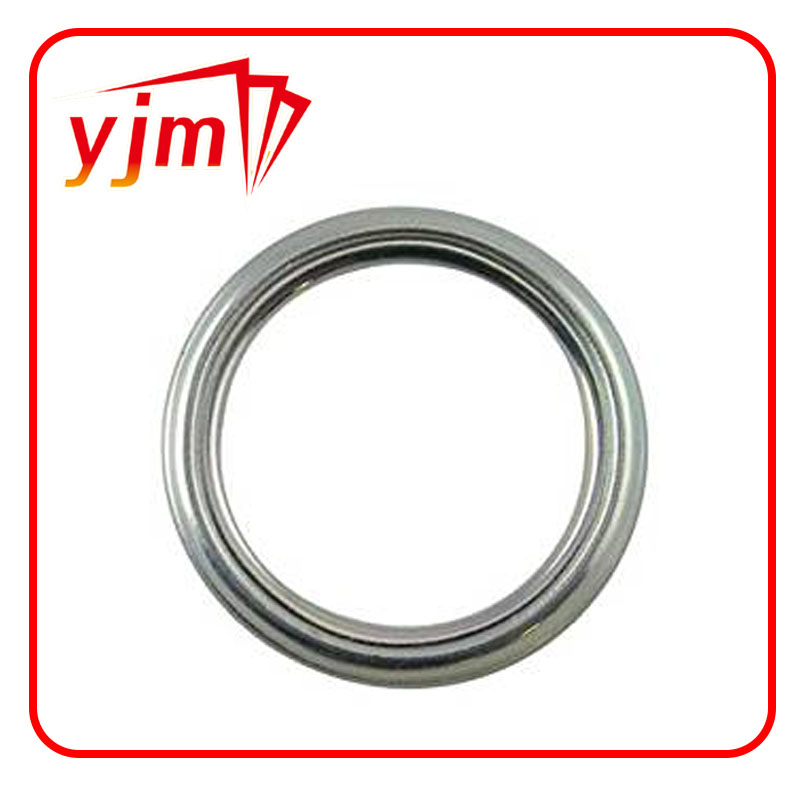oil pan drain plug
Understanding the Importance of Oil Pan Drain Plugs
The oil pan drain plug is an essential component of an automobile's engine lubrication system, often overlooked but critical for maintaining the health and efficiency of the engine. This small yet significant part plays a vital role in the oil management system, ensuring that dirty oil can be removed and replaced with clean oil, which is essential for optimal engine performance.
The oil pan, which houses the engine oil, acts as a reservoir that collects oil after it circulates through the engine. Over time, oil can become contaminated with dirt, metal filings, and other particles that accumulate as the engine operates. This degradation of oil leads to reduced lubrication efficiency, increased friction, overheating, and ultimately, potential engine failure. The oil pan drain plug, therefore, serves as the access point for oil changes, allowing mechanics and vehicle owners to drain this used oil efficiently.
Typically made of materials like aluminum, steel, or sometimes plastic, the drain plug is situated at the lowest point of the oil pan to ensure the complete removal of old oil. When performing an oil change, the drain plug is removed, and the old oil flows out, making room for the new oil that contributes to the engine’s performance. This process not only helps in purging contaminants but also allows for an inspection of the drained oil, which can indicate issues within the engine, such as wear or internal damage based on metal shavings present.
oil pan drain plug

It is crucial to ensure that the oil pan drain plug is in good condition. A damaged or improperly fitted drain plug can lead to oil leaks, which not only compromise engine performance but can also pose environmental hazards. Regular inspection of the drain plug and the threads it screws into can prevent such issues. When changing oil, it's advisable to replace the drain plug washer, if applicable, to achieve a proper seal and avoid leaks.
Another important aspect of the oil pan drain plug is the torque specification. Over-tightening the plug can lead to stripped threads or even breaking the plug, while under-tightening can result in oil leaks. Mechanics often refer to the vehicle's service manual to ensure the correct torque settings are applied when installing the drain plug after an oil change.
Furthermore, some modern vehicles come equipped with a specialized or automatic oil drain plug, allowing for easier oil changes without the need to remove the plug manually. This innovation reflects the automotive industry's ongoing commitment to enhancing convenience and reducing maintenance time for vehicle owners.
In summary, while the oil pan drain plug may seem like a trivial component, its role in maintaining a vehicle's engine health is far from insignificant. Regular checks, proper installations, and timely replacements of the oil pan drain plug are integral to effective oil management and engine performance. By ensuring that this small yet vital part is functioning correctly, vehicle owners can prolong the lifespan of their engines and promote overall vehicle reliability. Remember, maintaining your vehicle's health goes beyond just regular oil changes; it's about understanding and caring for each component that contributes to smooth operations on the road.
-
The Ultimate Guide to Car Repair Kits: Tools and Essentials Every Driver Should Own
News Aug.01,2025
-
The Complete Guide to Oil Pan Gaskets: Sealing Engine Leaks the Right Way
News Aug.01,2025
-
Preventing Oil Leaks: A Complete Guide to Oil Pan Gaskets and Drain Seals
News Aug.01,2025
-
Everything You Need to Know About Oil Pan Gaskets and Drain Plug Seals
News Aug.01,2025
-
Essential for Car Owners: How to Use a Car Repair Kit to Deal with Minor Breakdown
News Aug.01,2025
-
Comprehensive Guide to Engine Oil Sump Gaskets and Related Seals
News Aug.01,2025
-
The Ultimate Guide to Boat Propeller Bearings and Trailer Wheel Bearings
News Jul.31,2025
Products categories















